Halloween in the 1970s carried a charm distinctly different from modern celebrations. Children dressed in simple, handmade costumes, neighborhoods were tightly knit, and communities embraced traditions that seem rare today. From homemade decorations to playful pranks, the spirit of Halloween had a slower, more personal rhythm. Many practices that were once commonplace have faded with time, replaced by commercialized decorations and digital distractions. Here are ten Halloween traditions from the 1970s that you rarely encounter in today’s celebrations.
1. Homemade Costumes Were the Norm
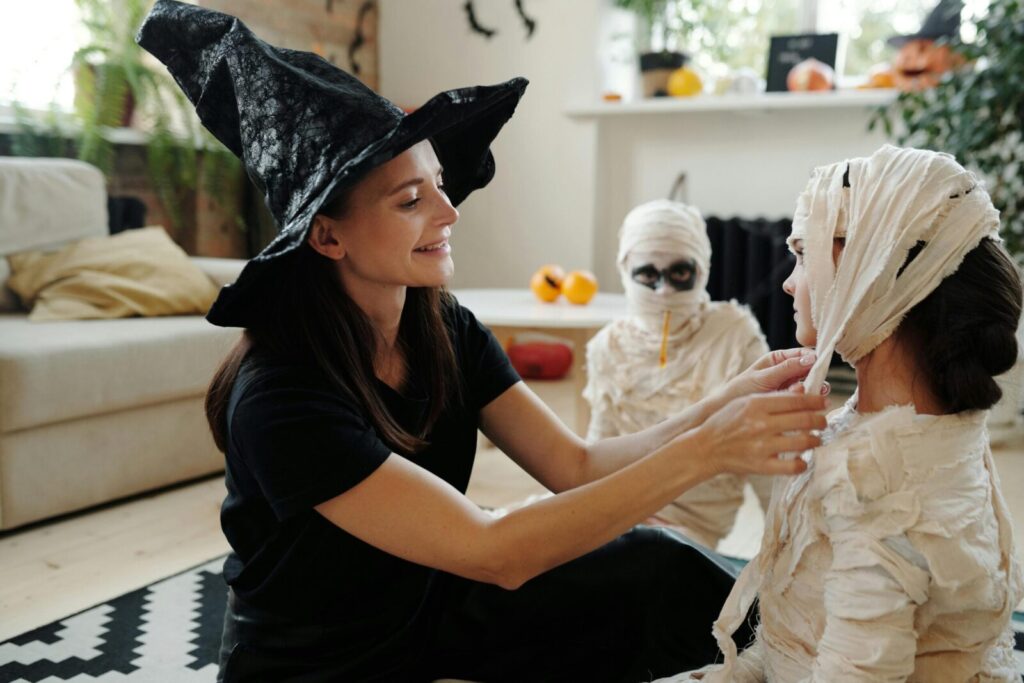
In the 1970s, most children wore homemade costumes crafted from items found around the house. Parents would use fabric scraps, old clothes, and cardboard to design imaginative outfits. Popular characters were often recreated using simple household materials, emphasizing creativity over commercial appeal. Store-bought costumes existed but were far less common. Kids took pride in their DIY creations, often collaborating with siblings and friends. This practice encouraged resourcefulness and personal expression, a stark contrast to today’s mass-produced Halloween outfits readily available at large retail stores.
2. Hand-Carved Jack-o’-Lanterns Every Year
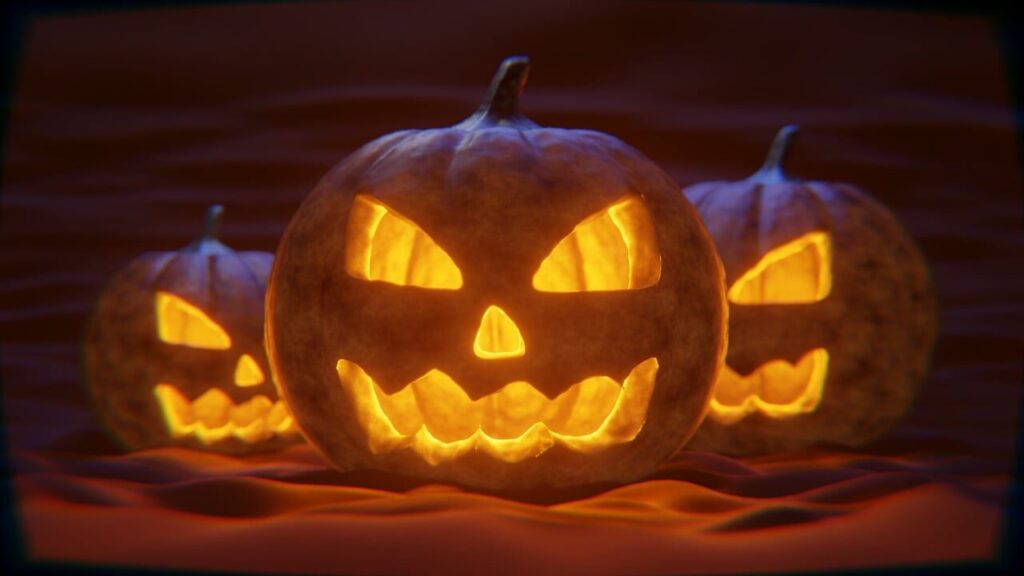
Carving pumpkins by hand was a staple activity for families in the 1970s. Children and adults would gather around kitchen tables armed with knives and scoops, carefully designing spooky or silly faces. The act of carving and then placing a candle inside was a way to bond and display creativity. Pumpkins were mostly locally sourced, fresh from farms or neighborhood markets. Unlike today, where battery-operated lights and pre-carved pumpkins are popular, the tradition of hand-carving every pumpkin gave Halloween a tactile and personal touch, with each jack-o’-lantern uniquely reflecting its creator’s imagination.
3. Neighborhood Trick-or-Treating in Small Communities
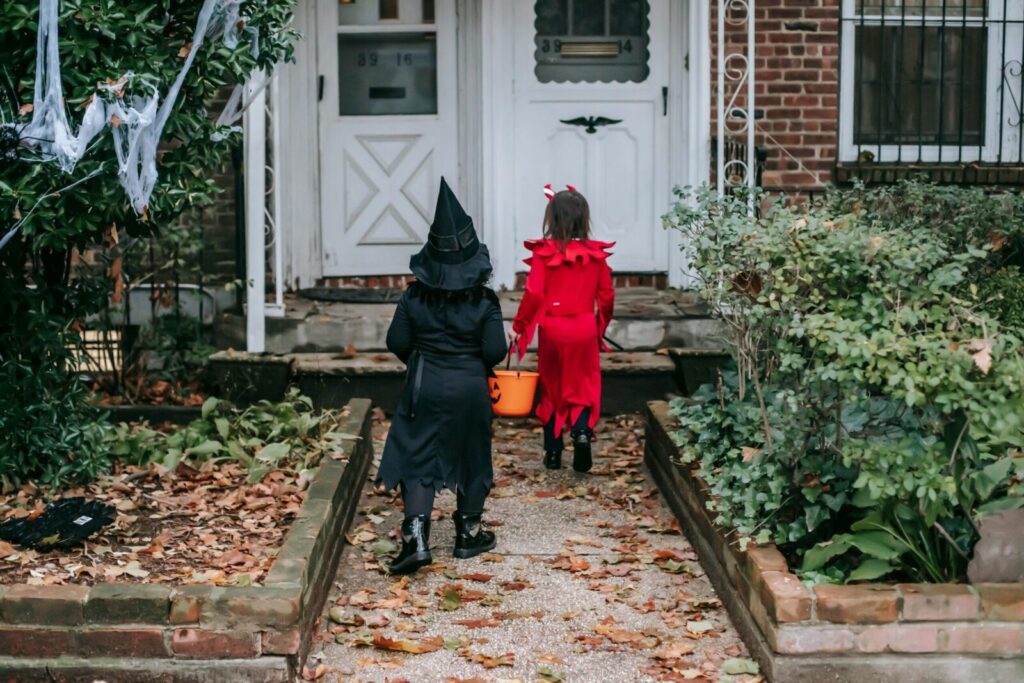
Trick-or-treating in the 1970s was primarily a neighborhood affair, often limited to familiar streets where everyone knew each other. Children would roam in groups, visiting houses within walking distance. Parents often supervised, but there was an understanding of shared responsibility. Unlike modern urban trick-or-treating, which can involve driving across town or visiting large shopping centers, 1970s Halloween maintained an intimate community feel. Safety was managed socially rather than technologically, and the emphasis was on fun and neighborly interaction rather than the sheer volume of candy collected.
4. Handmade Decorations on Every Porch
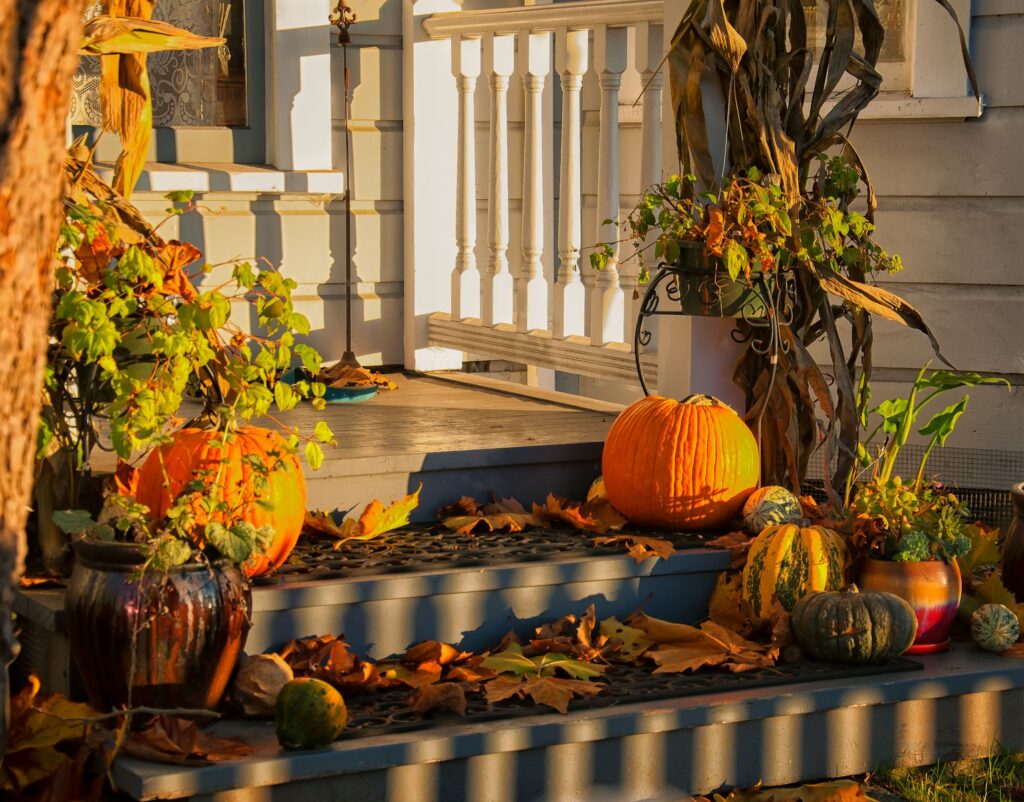
Home decorations in the 1970s were mostly handmade, reflecting a family’s creativity and seasonal spirit. Paper ghosts, cardboard tombstones, and painted windows were common. Kids often helped craft spooky scenes with limited materials, making the decorating process part of the celebration. Store-bought decorations were rare and expensive, so families took pride in displaying original work. Unlike today’s mass-produced plastic or electronic displays, these creations had a personal and imperfect charm. Each house looked different, giving neighborhoods a unique personality during the Halloween season, emphasizing effort over extravagance.
5. Halloween Party Mix Tapes
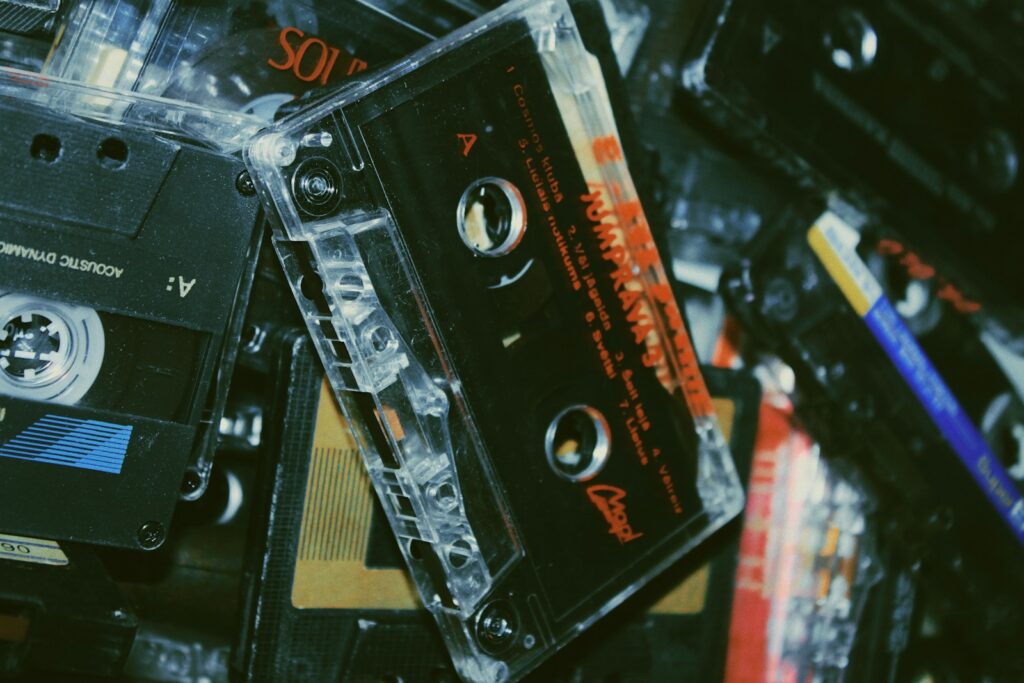
Music was a key element in 1970s Halloween parties, often shared through homemade mixtapes. Families or teens would create cassettes filled with spooky sound effects, popular hits, and novelty songs themed around ghosts and ghouls. These mix tapes set the tone for parties and trick-or-treat gatherings. DJs or streaming playlists were non-existent, making music selection a personal and creative effort. Swapping tapes among friends was common, creating a shared Halloween soundtrack. The ritual of creating and curating these tapes strengthened the cultural identity of Halloween in a way that digital streaming playlists have largely replaced today.
6. Community Haunted Houses Run by Volunteers
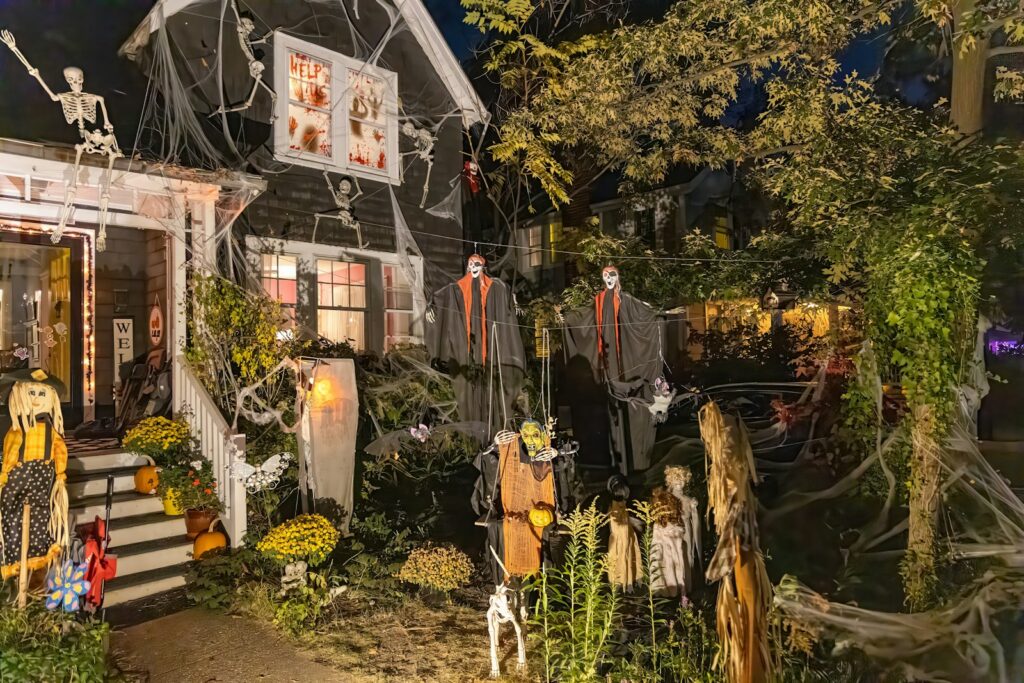
Haunted houses in the 1970s were often grassroots efforts organized by local schools, churches, or community centers. Volunteers of all ages would construct spooky scenes in basements, gyms, or vacant lots. Costumes, props, and effects were homemade, with a strong emphasis on creativity and suspense rather than commercial profit. Families attended as part of a neighborhood tradition rather than a commercial event. Unlike today’s professional haunted attractions, these events fostered community bonding, with participants often taking pride in scaring friends and neighbors safely. Many of these volunteer-driven haunted experiences have disappeared from modern Halloween culture.
7. Trick-or-Treating with Paper Bags

Children in the 1970s rarely had branded plastic pumpkin buckets. Instead, they carried plain paper bags or pillowcases to collect candy. Parents encouraged thriftiness, and the simple bags were often decorated at home with drawings or cutouts. These bags were lightweight, easy to fold, and entirely disposable, aligning with the low-cost approach of Halloween at the time. The charm was in the improvisation and personalization. Today, plastic buckets, themed pails, and reusable containers dominate, reflecting commercialization and convenience. The humble paper bag symbolized a simpler, more hands-on approach to celebrating Halloween.
8. Homemade Treats Instead of Store-Bought Candy
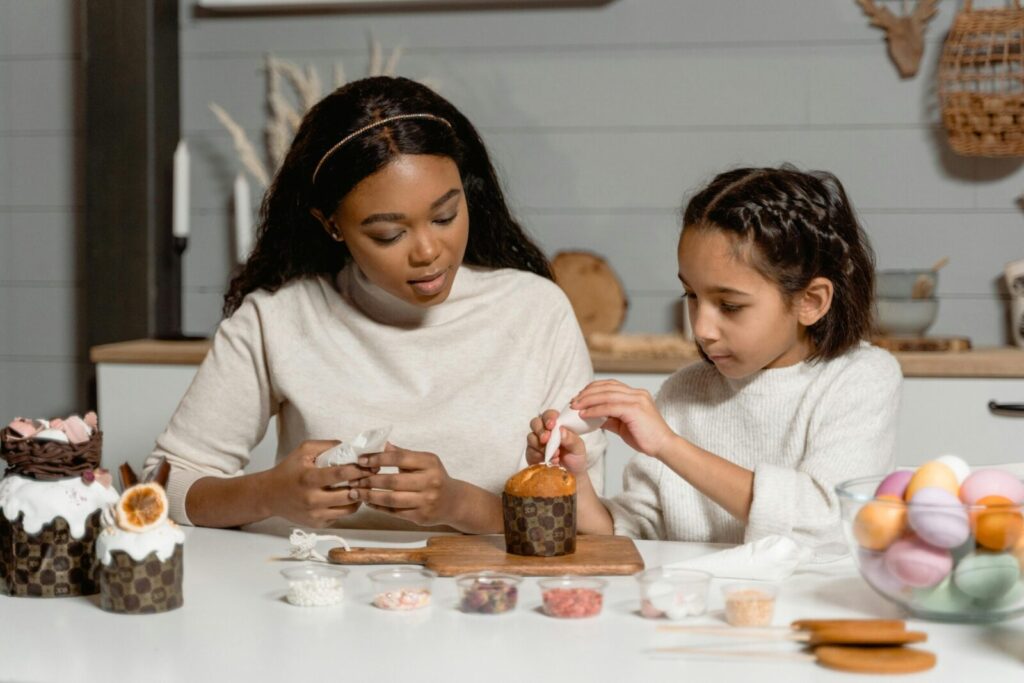
Many families in the 1970s prepared homemade candies or baked goods for trick-or-treaters. Rice crispy treats, fudge, or cookies were packaged individually and shared with neighborhood children. This approach prioritized hospitality and personal touch over mass distribution. The treats often reflected family recipes passed down through generations. In contrast, modern Halloween relies almost entirely on commercially packaged candies due to convenience and safety concerns. The homemade tradition encouraged baking as a community activity and created stronger connections among neighbors, making Halloween feel more intimate and authentic than it does in the era of prepackaged sweets.
9. Prank Nights Before Halloween
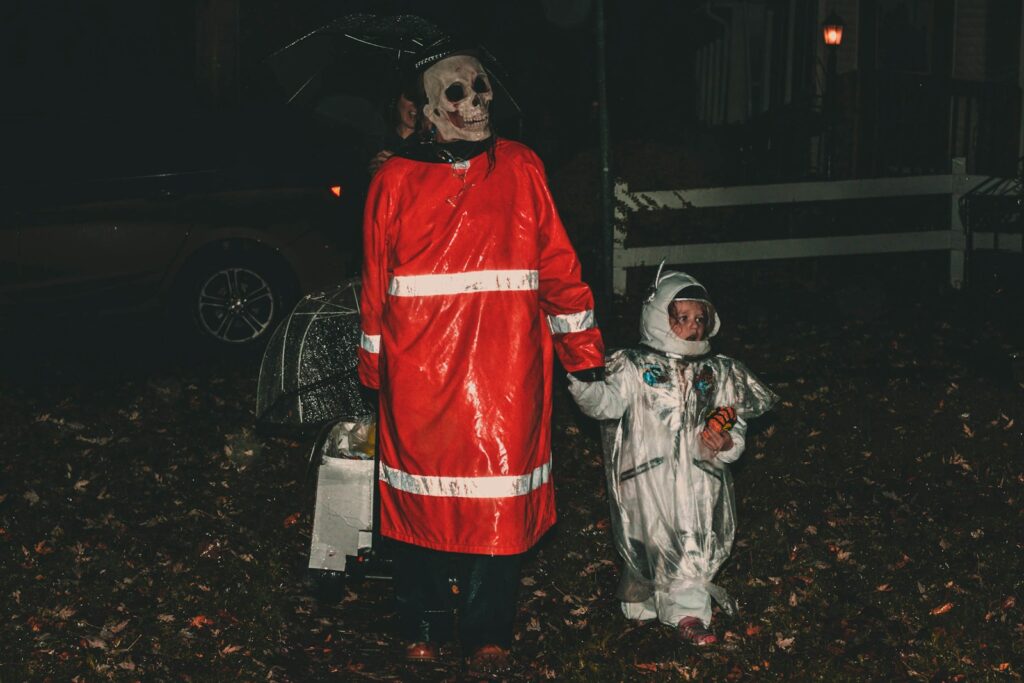
In the early 1970s, a tradition known as “mischief night” involved harmless pranks the night before Halloween. Teens would engage in toilet-papering trees, creating funny signs, or mild surprises around their neighborhoods. These pranks were playful rather than destructive and were socially accepted in small communities. The focus was on laughter and creativity, not vandalism. As Halloween became more commercial and organized, these pre-Halloween mischiefs largely disappeared. Modern safety concerns, neighborhood regulations, and changing social norms have transformed how teens express Halloween fun, leaving the charming and innocent pranks of the 1970s mostly in memory.
10. Halloween-themed TV Specials on Network Television
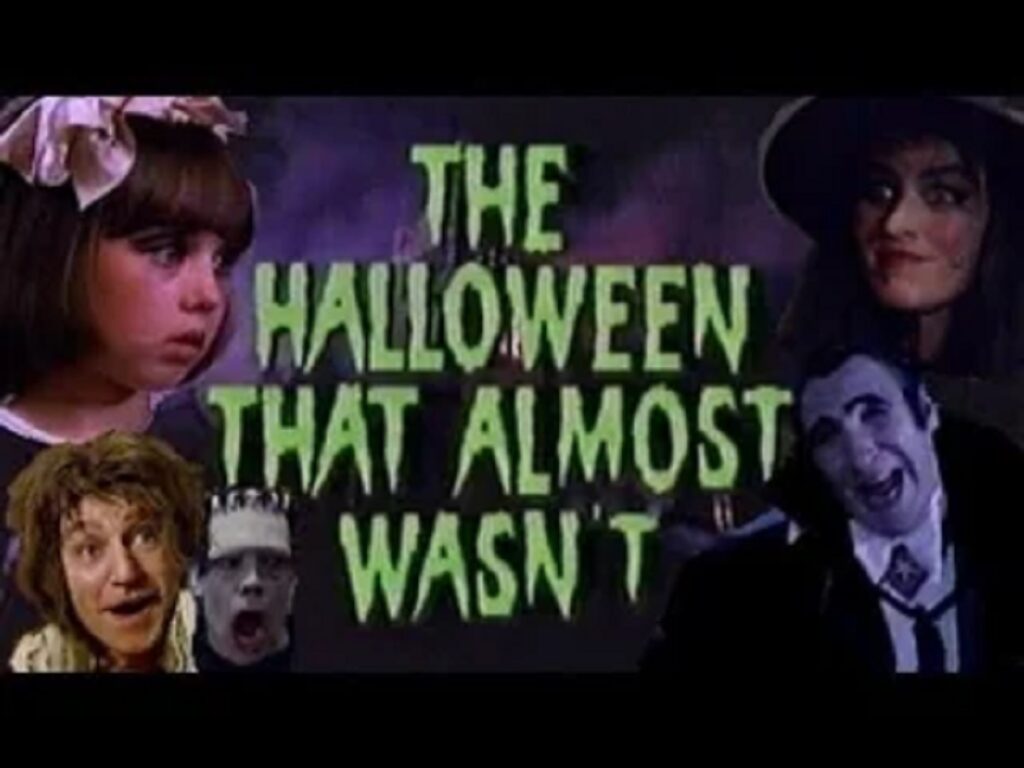
Television played a central role in 1970s Halloween celebrations. Families often gathered to watch seasonal specials on network TV, including spooky cartoons, classic monster movies, or original holiday programming. This shared viewing experience was a ritual, often marking the start of the Halloween season. Cable channels and streaming services had not yet emerged, making these broadcasts communal and widely anticipated. Today, while Halloween content is abundant online, the tradition of waiting for a specific network broadcast has largely vanished. The 1970s experience offered a sense of excitement and timing that made Halloween feel unified and culturally shared.
Comments